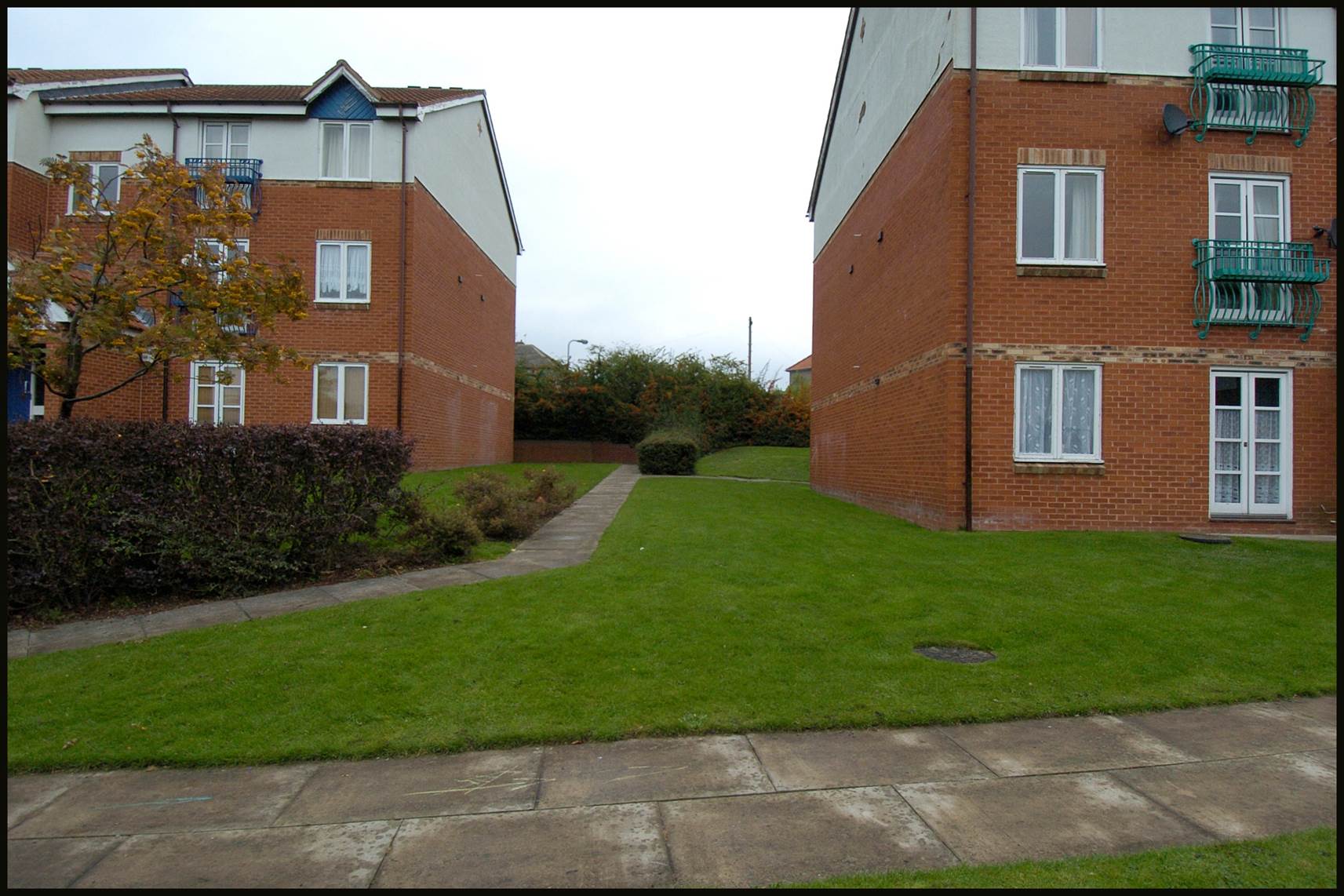Difference between revisions of "Access and egress"
| (9 intermediate revisions by 2 users not shown) | |||
| Line 1: | Line 1: | ||
[[Category:Mobility]] |
[[Category:Mobility]] |
||
=Access and egress= |
|||
'''Access and egress''' means the entry or exit to an [[urban object]], such as a building. Access and egress is a specific form of the general concept of [[accessibility]]. It includes footpaths, corridors, doorways, gates, steps etc., which may provide a means of access and egress, to be suitably constructed, kept free from obstruction and to be well maintained<ref>See: http://www.painsfireworks.info/display_area/access_&_egress.htm</ref>. Different levels of access and egress points can be identified: |
'''Access and egress''' means the entry or exit to an [[urban object]], such as a building. Access and egress is a specific form of the general concept of [[accessibility]]. It includes footpaths, corridors, doorways, gates, steps etc., which may provide a means of access and egress, to be suitably constructed, kept free from obstruction and to be well maintained<ref>See: http://www.painsfireworks.info/display_area/access_&_egress.htm</ref>. Different levels of access and egress points can be identified: |
||
* '''From a building perspective''': The physical point where you enter an urban object |
* '''From a building perspective''': The physical point where you enter or exit an urban object. This also includes emergency exits.[[image:Bahnhof_Espelkamp.jpg|thumb|right|300px|example of an exit from the building perspective]] |
||
* '''From an urban perspective''': Access and egress within the context of urban planning means the [[Accessibility|accessibility]] of a zone |
* '''From an urban perspective''': Access and egress within the context of urban planning means the [[Accessibility|accessibility]] of a zone. For this accessibility architectural or infrastructural interventions are necessary, whether or not supported by [[Legal aspects|legal arrangements]]. The roads serving this purpose are collectively known as an access route. The level of [[accessibility]] determines the characterization of the access and egress road to a zone and forms an important aspect when developing [[Evacuation Management|evacuation management]] strategies.[[image:access path.jpg|thumb|right|300px|access path from an urban perspective]] |
||
==Role of access and egress points in dealing with security events== |
==Role of access and egress points in dealing with security events== |
||
| Line 19: | Line 17: | ||
* [[Accessibility]] |
* [[Accessibility]] |
||
* [[Evacuation Management]] |
* [[Evacuation Management]] |
||
{{references}} |
{{references}} |
||
= MAP = |
|||
<websiteFrame> |
|||
website=http://securipedia.eu/cool/index.php?wiki=securipedia.eu&concept=Access_and_egress |
|||
height=1023 |
|||
width=100% |
|||
border=0 |
|||
scroll=auto |
|||
align=middle |
|||
</websiteFrame> |
|||
<headertabs/> |
|||
Latest revision as of 11:34, 28 May 2015
Access and egress means the entry or exit to an urban object, such as a building. Access and egress is a specific form of the general concept of accessibility. It includes footpaths, corridors, doorways, gates, steps etc., which may provide a means of access and egress, to be suitably constructed, kept free from obstruction and to be well maintained[1]. Different levels of access and egress points can be identified:
- From a building perspective: The physical point where you enter or exit an urban object. This also includes emergency exits.
- From an urban perspective: Access and egress within the context of urban planning means the accessibility of a zone. For this accessibility architectural or infrastructural interventions are necessary, whether or not supported by legal arrangements. The roads serving this purpose are collectively known as an access route. The level of accessibility determines the characterization of the access and egress road to a zone and forms an important aspect when developing evacuation management strategies.
Role of access and egress points in dealing with security events
Access and egress points are critical when dealing with an emergency or security event. In case of an emergency quick access and egress to and from the buildling are location are of vital importance. When planning evacuation routes access and egress points should be taken into account. Emergency access and egress points can be defined as[2]:
- Emergency Access: Pertinent facilities and equipment remain available and unobstructed at all times to ensure effective security event detection, evacuation, suppression, and response.
- Emergency Egress: A continuous and unobstructed way to travel from any point in a public building to a public way. A means of egress may include horizontal and vertical travel routes, including intervening rooms, doors, hallways, corridors, passageways, balconies, ramps, stairs, enclosures, lobbies, courts, and yards.
Obstruction of an access or egress point impacts the flow of people or vehicles towards the desired location. This has an undesired, indirect effect on the duration and impact of a security event, but can also have a direct economic or social effect because specific locations are not available for public.

